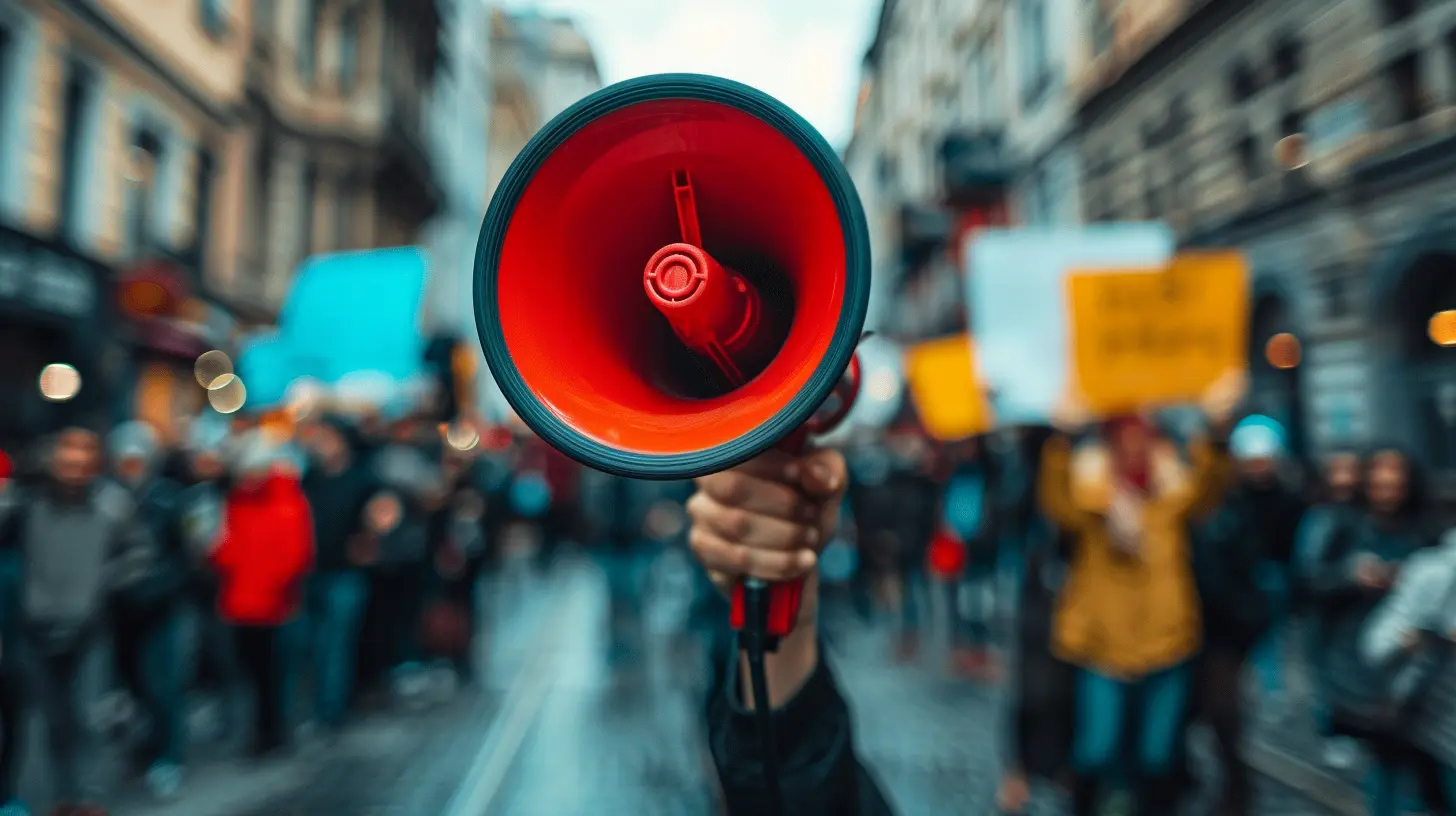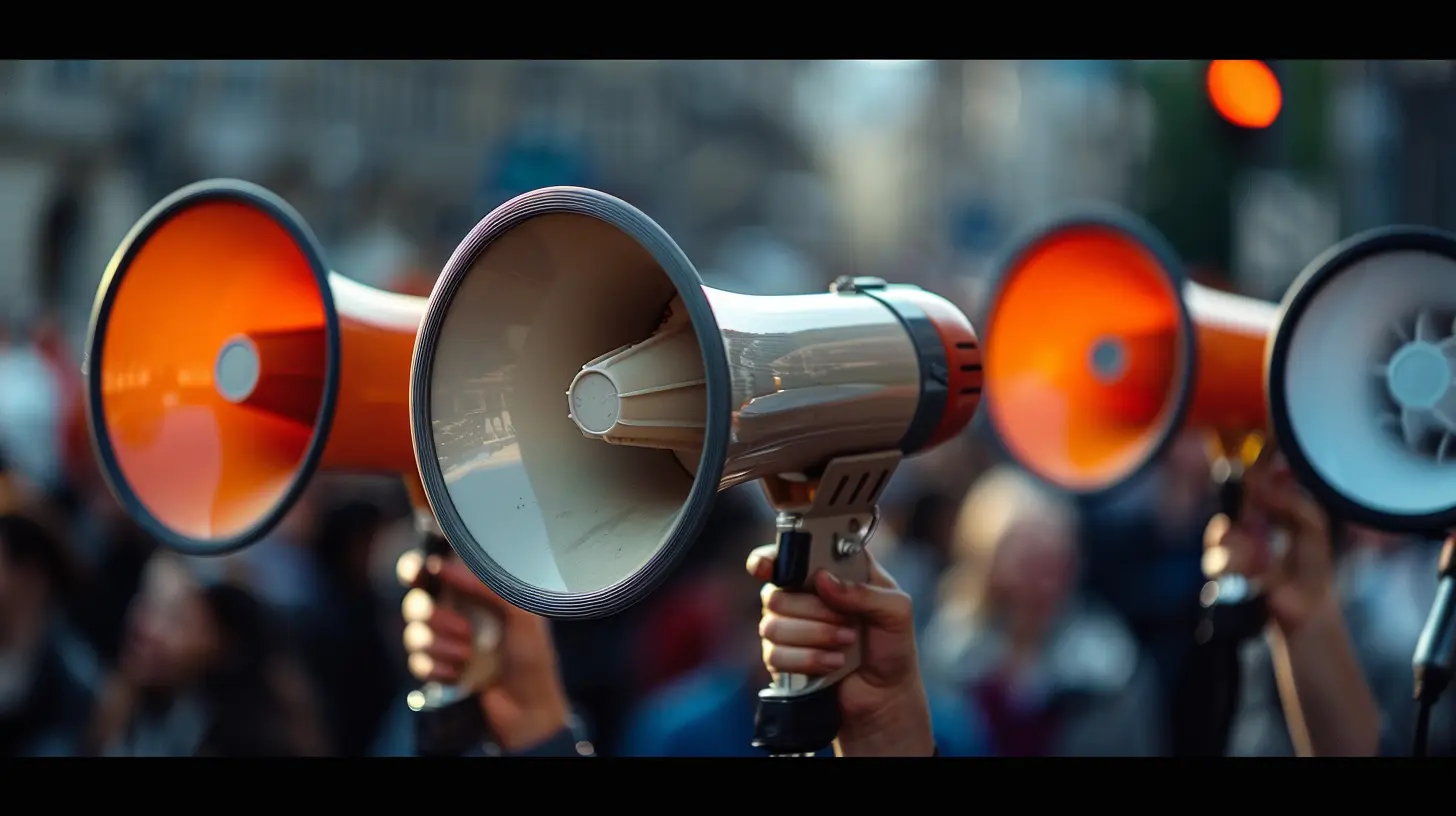Brand Activism: Navigating the Intersection of PR and Social Issues
4 August 2025
Ah, brand activism. It’s one of those buzzwords that feels like it’s everywhere right now, right? Like oat milk—suddenly, everyone’s got a carton in their fridge, or in this case, a cause on their Instagram. While it might seem like just another trend, brand activism is so much more than that. It’s no longer enough for companies to just sell good products; people want to know their favorite brands are actually doing good in the world, too.
But let’s face it—getting involved in social issues as a business can be tricky. One wrong move and you’re trending on Twitter for all the wrong reasons. (Ask any brand that’s tried and, well… failed spectacularly.) So, how do you walk the tightrope of bringing attention to social issues while staying authentic and keeping your PR on point? Grab your metaphorical compass, because we’re about to navigate this wild intersection of PR and social issues together. 
What Is Brand Activism, and Why Does It Matter?
Let’s start with the basics: what even is brand activism? Picture this—your favorite shoe brand isn’t content with just making comfy sneakers anymore. Nope, they’ve decided to tackle climate change by pledging to plant a tree for every pair sold. Or maybe your go-to coffee shop has launched a campaign advocating for gender equality. These are solid examples of brand activism, where businesses take a stand on social, political, or environmental issues.And why does it matter so much? Well, we’re living in an age of hyper-awareness. People (especially millennials and Gen Z) have their BS-radar on high alert. They don’t just want to buy; they want to align their wallets with their values. A Nielsen study even found that 73% of consumers are willing to pay more for sustainable goods. The takeaway? Doing good is good business, for both the planet and your bottom line. 
The Risks and Rewards of Brand Activism
The Rewards: Standing Out in a Sea of Sameness
Let’s be honest—there’s A LOT of noise out there. From TikTok trends to memes about what food your zodiac sign is, people are bombarded with information 24/7. Brand activism helps you cut through the clutter. It says, “Hey, we don’t just care about selling you stuff. We care about making the world a better place.”Not only that, but it builds loyalty. When consumers see a brand taking a stand on issues they care about, they feel a deeper connection. And you know what loyal customers do? They stick with you, recommend you to their friends, and even defend you when the going gets tough. (Yep, I’m looking at you, hardcore fans who still wear outdated logo hoodies from 2013.)
The Risks: Walking the PR Tightrope
Here's the kicker—brand activism isn’t all sunshine and high-fives. It’s a slippery slope. If your efforts come off as insincere or opportunistic, you’re in for a PR disaster. Remember when a certain soda brand tried to solve global protests with a can of cola? Yikes.And it’s not just about avoiding tone-deaf campaigns. Sometimes, even with the best intentions, you’ll face backlash. People are complicated. Social issues are emotional. Not everyone will agree with your stance. That’s why it’s so important to tread carefully. 
How to Get Brand Activism Right
Okay, so now that we’ve talked about the potential landmines, let’s focus on how to do brand activism the right way. It’s time to roll up your sleeves and get real.1. Stay True to Your Brand’s DNA
Think of your brand as a person (because, honestly, that’s how customers see you). What are your core values? What’s your “personality”? Your activism should align with who you are as a business.For example, a company that sells eco-friendly products might focus on sustainability or reducing plastic use. On the flip side, if your brand has no history of supporting women’s rights, don’t just slap a pink banner on your website for International Women’s Day and call it a day. That’s the branding equivalent of wearing sweatpants to a black-tie event.
2. Listen (Like, Really Listen)
Want to know what issues matter most to your audience? Ask them. Thanks to social media, you’ve got a direct line to your customers. Use it! Run polls, dive into comment sections, and pay close attention to the causes your audience is already rallying behind.And don’t stop there—listen to your employees, too. Your team members are often the first to know what’s working and what’s not when it comes to your social impact efforts.
3. Walk the Talk
Here’s the golden rule of brand activism: don’t just say it—do it. If you’re going to make bold statements, back them up with action. For instance, if you’re advocating for diversity and inclusion, show us the receipts! Share hiring data, highlight diverse voices in your campaigns, and champion policies that make an impact.Nobody likes performative activism. You’ve got to commit, or customers will see right through you.
4. Partner with the Pros
Sometimes, the best approach is to team up with organizations that are already working on the ground. Whether it’s a nonprofit or a grassroots movement, partnerships can lend credibility to your efforts and expand your reach.For example, companies often collaborate with organizations like the Red Cross, the World Wildlife Fund, or Feeding America to make a bigger impact. Think of it like buddying up for a group project—except this time, everyone actually does their fair share. 
Brand Activism Done Right: Inspiring Examples
Ready for a little inspiration? Here are a few companies nailing the brand activism game.- Patagonia: This outdoor clothing brand has been waving the environmental activism flag for decades. They don’t just talk about saving the planet; they put their money where their mouth is. Case in point? Donating 1% of all sales to environmental causes and suing the U.S. government (yes, really) to protect public lands.
- Ben & Jerry’s: This ice cream brand is as known for its progressive values as it is for its Chunky Monkey flavor. From LGBTQ+ rights to racial justice, they’ve consistently taken bold stands on social issues. And honestly? It makes that extra scoop taste even sweeter.
- LEGO: When the world’s favorite toy company pledged to remove gender bias from its marketing and make its products more inclusive, parents and kids alike took notice. By focusing on empowering play for everyone, LEGO showed how even playtime can spark change.
Common Pitfalls to Avoid
Of course, for every success story, there are a dozen “yikes”-worthy missteps. Here are a few things to avoid:- Jumping on Trends Without Substance: If an issue isn’t authentic to your brand, don’t jump on the bandwagon. Trendy activism comes across as shallow at best and manipulative at worst.
- Ignoring Feedback: If your campaign sparks criticism, don’t dig your heels in. Listen to the concerns, own your mistakes, and show that you’re willing to do better.
- Trying to Please Everyone: Newsflash: you can’t. Standing for something means not standing for everything. Stay focused and accept that not everyone will agree with your stance.
The Future of Brand Activism
So, where are we headed? Brand activism isn’t going anywhere—it’s becoming the norm. As consumers demand more transparency and accountability, brands that stay silent risk being left behind.But here’s the kicker—the future isn’t just about flashy campaigns or marketing slogans. It’s about genuinely embedding activism into a company’s DNA. Brands that make social impact part of their day-to-day operations (not just their ad spend) will be the ones that thrive.
Wrapping It Up
Let’s be real—brand activism can feel like a bit of a minefield. But when done with authenticity, purpose, and action, it’s a powerful way to connect with your audience and make a genuine impact. Sure, you might face some bumps along the way, but hey, nothing worth doing is ever easy, right?So, what’s the takeaway here? Be bold, be thoughtful, and most importantly, be real. Because at the end of the day, activism isn’t just about making noise—it’s about making a difference.
all images in this post were generated using AI tools
Category:
Public RelationsAuthor:

Amara Acevedo
Discussion
rate this article
1 comments
Giselle Lawson
Essential for modern authenticity.
August 18, 2025 at 4:11 AM

Amara Acevedo
Thank you! Emphasizing authenticity is crucial for effective brand activism in today’s landscape.


